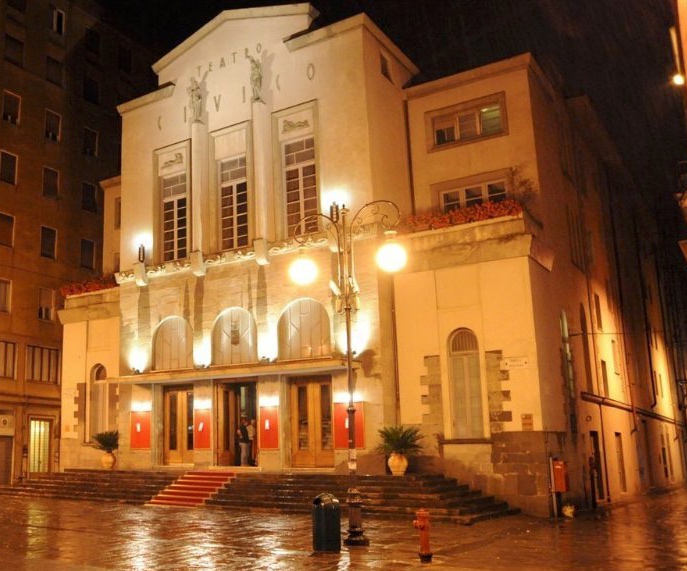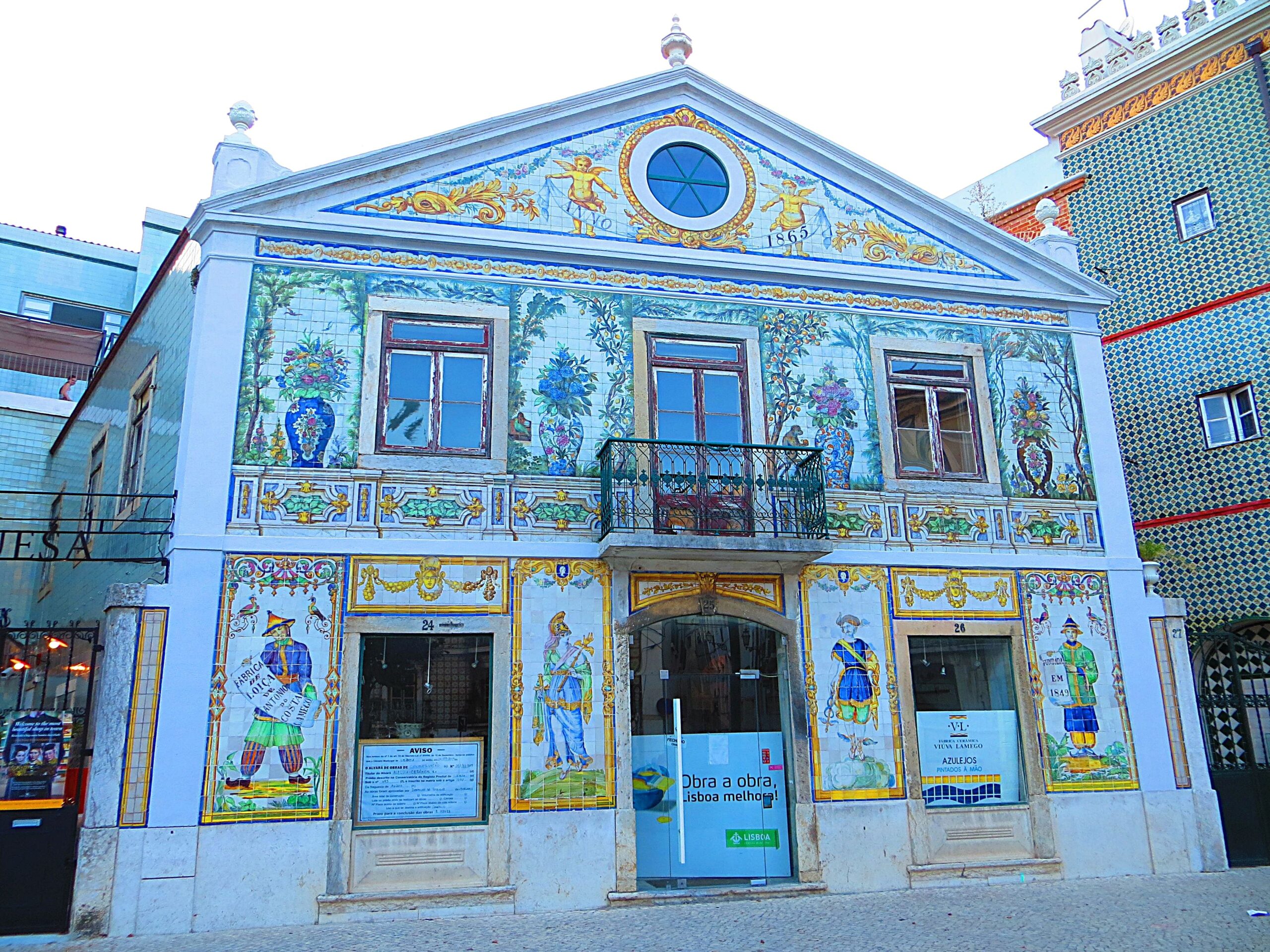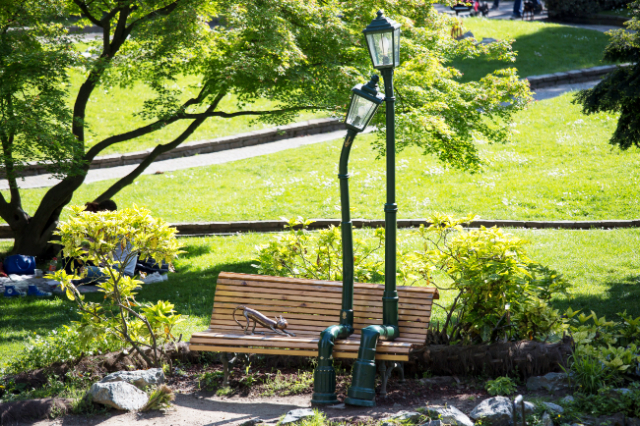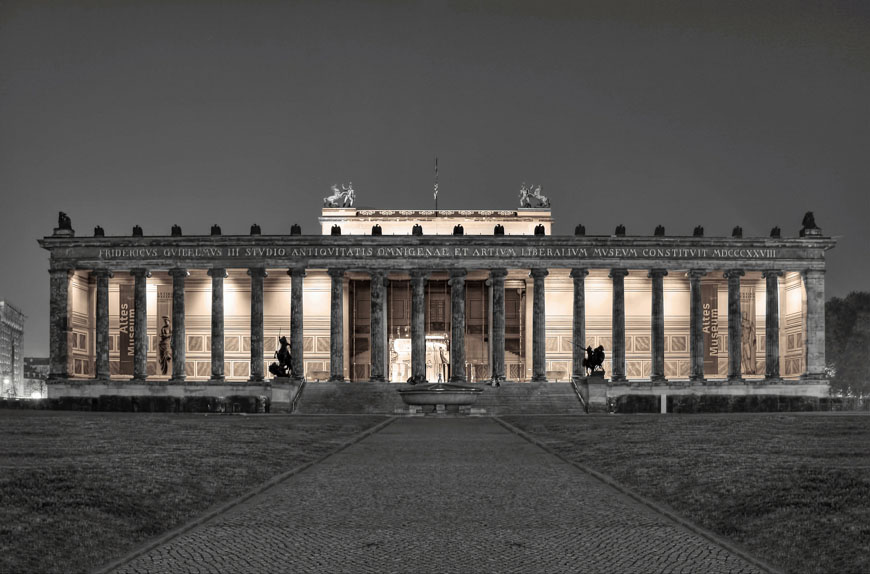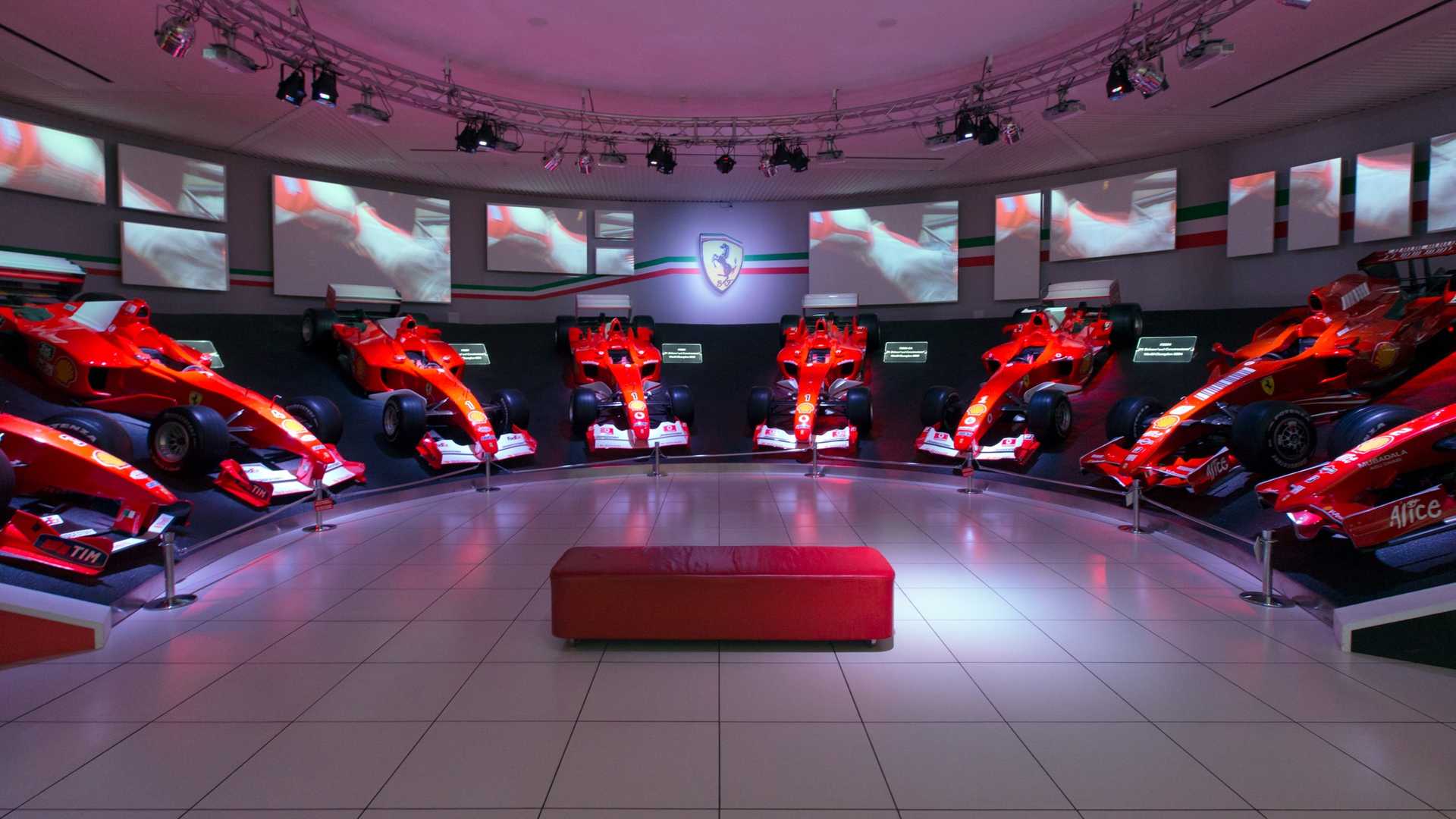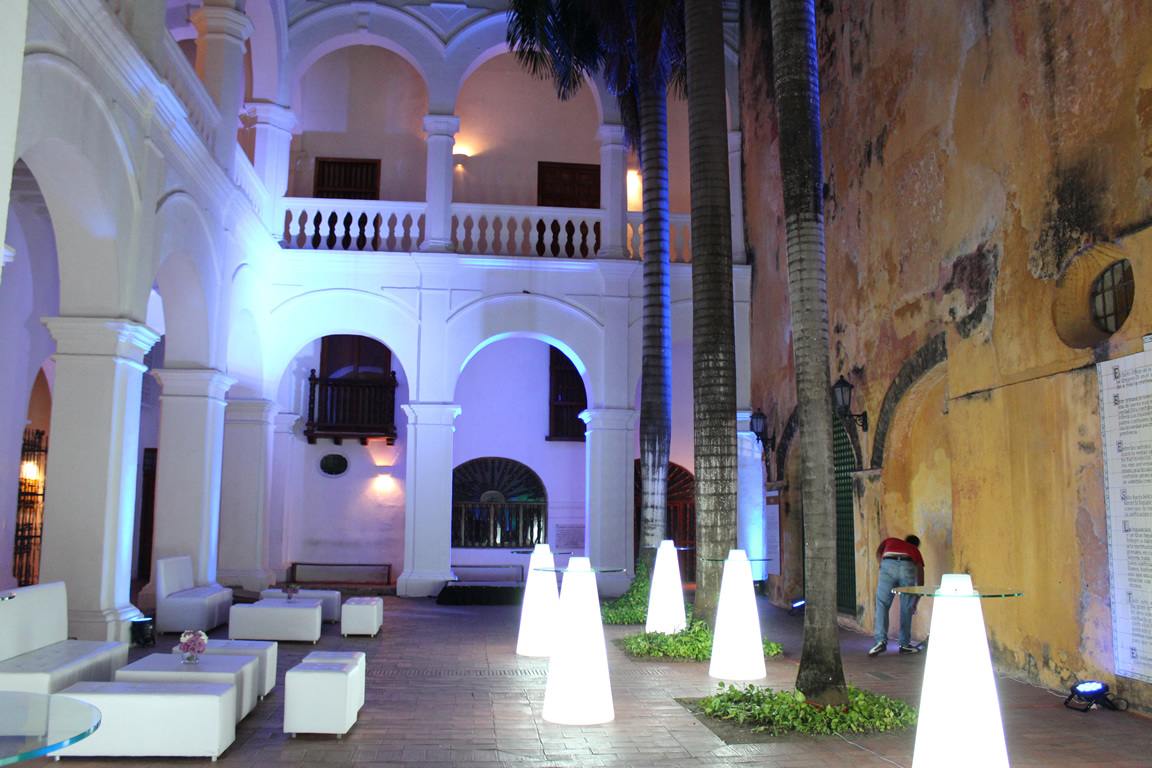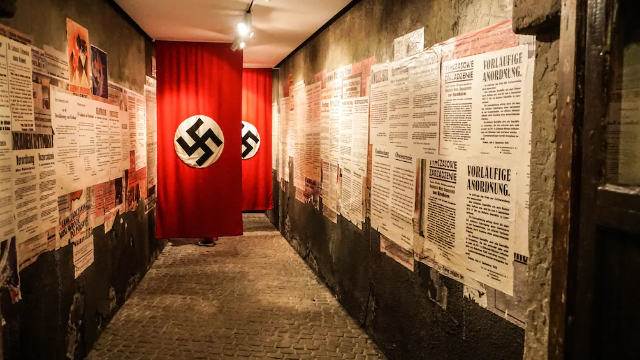Also in La Spezia, in the mid-nineteenth century, new cultural and recreational needs arise, related to the development of an expanding city.
The construction of the Civic Theatre, the first building constructed outside the city walls, began in 1840 on a project by the Genoese architect Ippolito Cremona. The inauguration took place on 18 July 1846 with Giuseppe Verdi’s Ernani.
A period of intense theatrical activity began. The theatre, which in 1862 risked destruction by fire, became the city’s cultural centre, hosting social gatherings in the rooms of the so-called "Casino Civico", as well as the first nucleus of the future Civic Museum.
The theatrical initiatives underwent a sudden slowdown following the inauguration, in 1880, of the Politeama Duca di Genova: despite a brief lyrical interlude, which was successful but not followed up, the Civico became more and more important as a place for meetings, conferences, rallies, art exhibitions, until, following the events of the First World War, it was gradually abandoned.
At the beginning of the Thirties, with the demolition of the Politeama caused by the renewed urban layout, the Civico became once again La Spezia’s main theatre: completely demolished and rebuilt from the foundations to the design of the architect Franco Oliva, it was inaugurated on 4th February 1933 with Puccini’s Tosca. A venue for prose, ballets and concerts, it was immediately conceived as a cinema. The cinema activity ended in 1987 due to lack of accessibility and the theatre closed again for restoration from 1989 to 1995.
Today, the Civico is once again the city theatre with a varied winter programme, some summer seasons and an important Jazz Festival.
